Your Cart is Empty
Free Shipping over $150 (Excludes Oversized Products)
Free Shipping over $150 (Excludes Oversized Products)
Sanding Belts
Sanding Discs

How To Choose The Best Drum Belt Sander For Your Application
by David Kranker 4 min read

Drum belt sanders do an efficient job of sanding larger workpieces perfectly flat. By using a fixed drum and conveyor system, they can sand boards upwards of 12” long and quickly remove deep scratches and imperfections, which is why professional woodworkers often use them to remove bevels from prefinished floors and create smoother, more contemporary square-edge flooring.
There are two basic types of drum sanders: closed and open. In this blog, we’ll review the differences between each one and make it easier to find the best drum belt sander for your application.
When To Use A Drum Sander
Before diving into the different types of drum sanders and considerations for purchasing one, it’s worth first exploring what a drum sander is and when it’s needed. As the name implies, a drum sander is a machine with a drum that is wound with an abrasive. Drum sanders are often confused with planers, but the two machines are not the same. A drum sander is more of a finishing tool. Trying to remove too much stock using a drum sander will result in blown fuses, burnt sandpaper, and a damaged workpiece.
Drum sanders have many uses and are worth the investment if you have large or frequent finishing projects. You’ll likely want a drum sander if:
-
You produce large furniture pieces or cabinets
-
You work on many small projects that involve removing planer marks
-
Your end product requires perfectly flat surfaces
-
You work with thin stock that requires a precise thickness
Closed vs. Open Drum Belt Sanders
Closed drum sanders are mounted on four pillars and process stock smaller than their opening. Although they have less capacity, they come in widths that can accommodate common sizes. A lot of them also have dual drums, which speed up the sanding process and make calibration easier.
These sanders have support on both sides, preventing vertical movement, which makes for a robust design. However, their inability to ‘reverse’ the stock means that they tend to be larger and used in industrial settings.
With open drum sanders, one side of the sanding table is open, allowing you to place wider boards onto it. You can sand one side of the piece, rotate it 180°, and then sand the other side, allowing you to process boards that are double the width of the actual drum. If you have a smaller workshop, open drum sanders have a smaller footprint but still let you work with wide boards.
The main challenge with an open drum sander is that you have to pass the board through twice and flip it around, each time making sure that you line it up carefully. If the drum doesn’t cover both passes all the way to the center, a ridge will appear in the middle.
Factors To Consider When Shopping For A Drum Sander
There are many factors to consider when shopping for a drum sander that extend beyond looking for an open or closed drum. Below are a few factors you’ll want to take into account.
-
Width:Of course, one of the first things you’ll want to consider is width. You’ll want to make sure the drum sander you buy has the capacity to finish the pieces you’ll be working on.
-
Motor Power: Many drum sanders have a power output of around 1 HP. However, some sanders have a rating as high as 5 HP. A lower powered motor can struggle with certain applications. If you’re sanding a lot of wide pieces, it would be in your best interest to look for a drum sander with more motor power.
-
Dust Collection:Sanding naturally produces dust and dust buildup can be problematic in more ways than one. The most effective drum sanding machines offer some form of dust collection system, which is going to be something you’ll definitely want.
-
Noise Reduction: Drum sanders can be loud and while you can always wear ear muffs for protection, it is nice to buy a machine with noise reduction technology built in. 95 decibels is considered the limit for sound that is not harmful to the ear. You can search for a sander that is designed to stay below that limit.
-
Vibration Reduction:Chatter marks are ripples of marks that appear on workpieces due to the vibration of the sander. Lighter drum sanders tend to produce less vibration, which can be desirable.
-
Warranty:An investment in a drum sander is a large investment and one that you want to protect. Most manufacturers offer a 1-2 year warranty, but some offer warranties as long as 5 years. The length of the warranty doesn’t always indicate the quality of the machine, but if you’re covered for 5 years, you at least know you’re getting 5 years out of your investment.
Of course, the priority or importance of the above factors is going to vary depending on your needs. Capacity will always be an important factor, but things like the length of the warranty or noise reduction technology may play smaller roles if the sander you’re interested in checks all of your other boxes.
Which Abrasives Should You Use?
Red Label produces cut-to-fit drum sander strip rolls, which are available in two different grain types: open coat aluminum oxide and zirconia. Open coat aluminum oxide has traditionally been used to process various types of wood. It’s robust, affordable, and fragments well during use, allowing it to retain its cutting edges and extend its service life. It works best for softer woods.
If you work with a lot of hardwoods, you can achieve best results by usingzirconia drum sander strip rolls. Although more expensive than aluminum oxide, they have tougher and sharper grains that cut more aggressively, don’t clog easily, and last a long time. Their high heat resistance makes zirconia an excellent choice for high-pressure grinding, such as hardwood stock removal.
About Red Label Abrasives
At Red Label Abrasives, our product line includes high-performancedrum sander strip rolls coated with superior-quality abrasives. These rolls can be used on leading drum belt sander models, so no matter what machine you use, we have sanding rolls that deliver the smooth results you’re looking for.
If you’re not sure which abrasive would be best for your application, our abrasive technicians can assist in helping you select the right abrasive. For more information, speak to a technician today by filling out ourcontact form or calling 844-824-1956.
ABOUT THE AUTHOR
David Kranker is a writer and creative maker who has been covering the abrasive and woodworking industries on the Red Label Abrasives Blog since 2020. David spends his time continually researching sanding and woodworking to provide readers with the latest and greatest information. In his free time, David utilizes abrasives for many different home and auto projects at his home in Delton, MI.
Our Most Popular Abrasives For Woodworkers
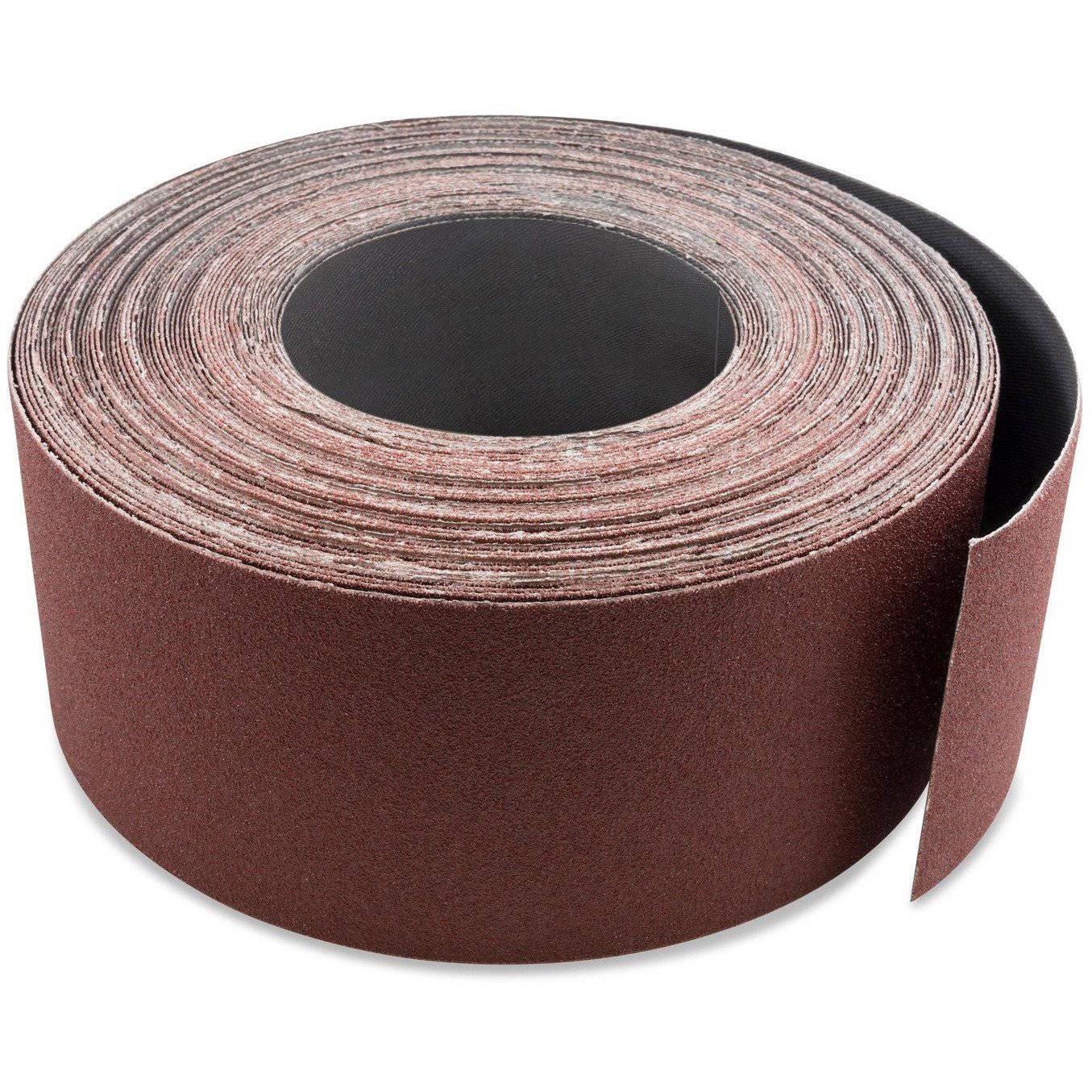
3 inch X 70 FT Woodworking Aluminum Oxide Cloth Drum Sander Strip Roll
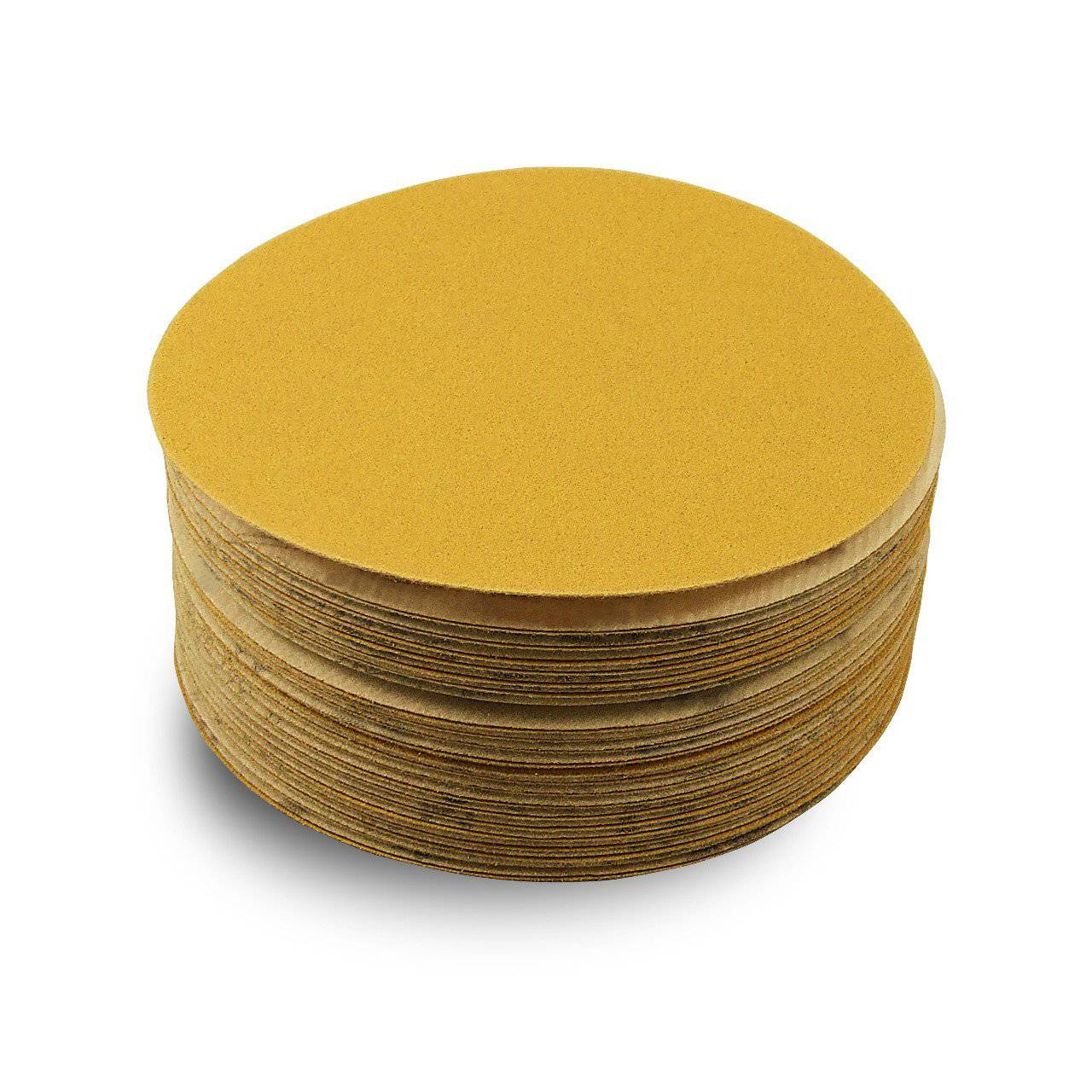
5 Inch Hook and Loop Gold Sanding Discs, 50 Pack
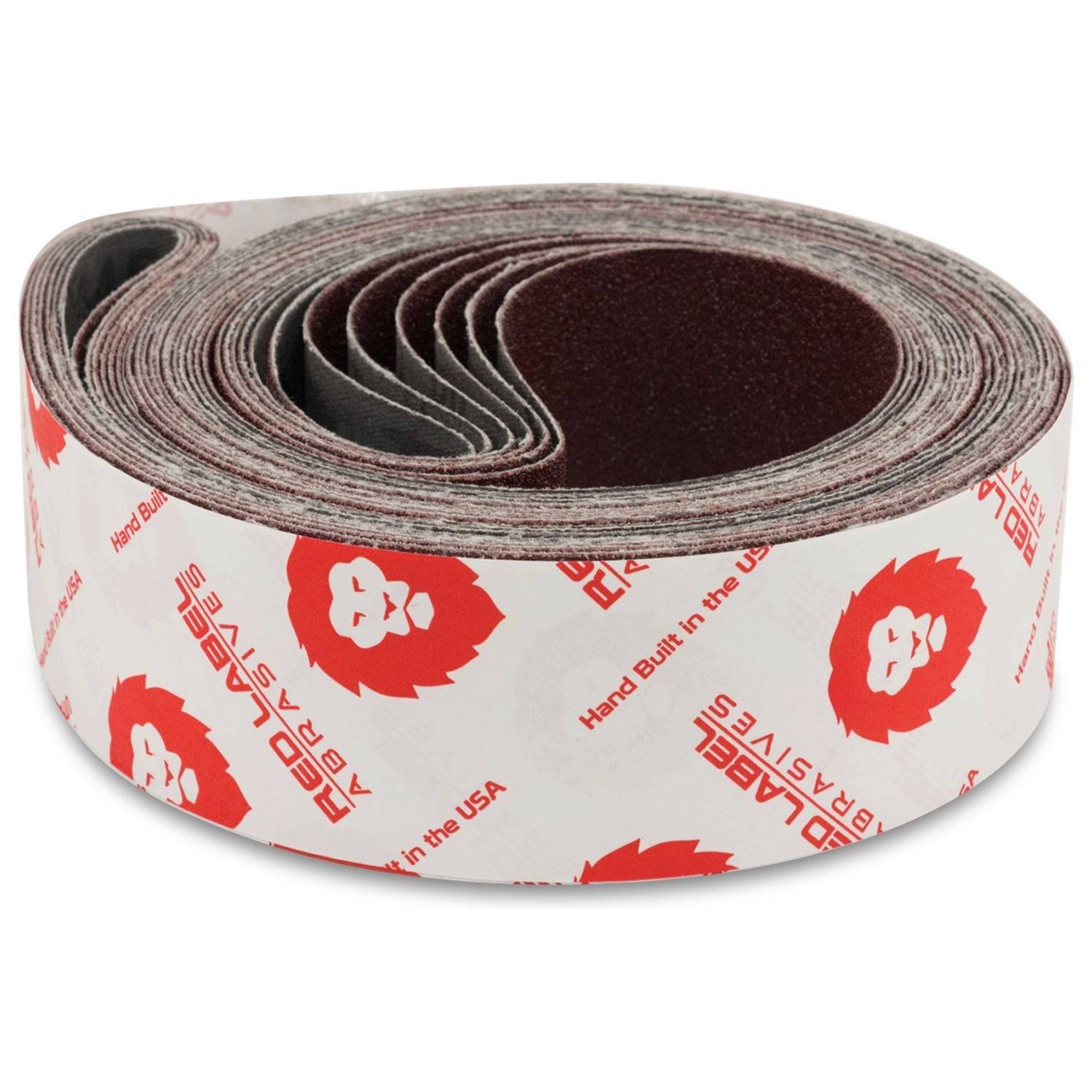
2 X 72 Inch Multipurpose Sanding Belts, 6 Pack
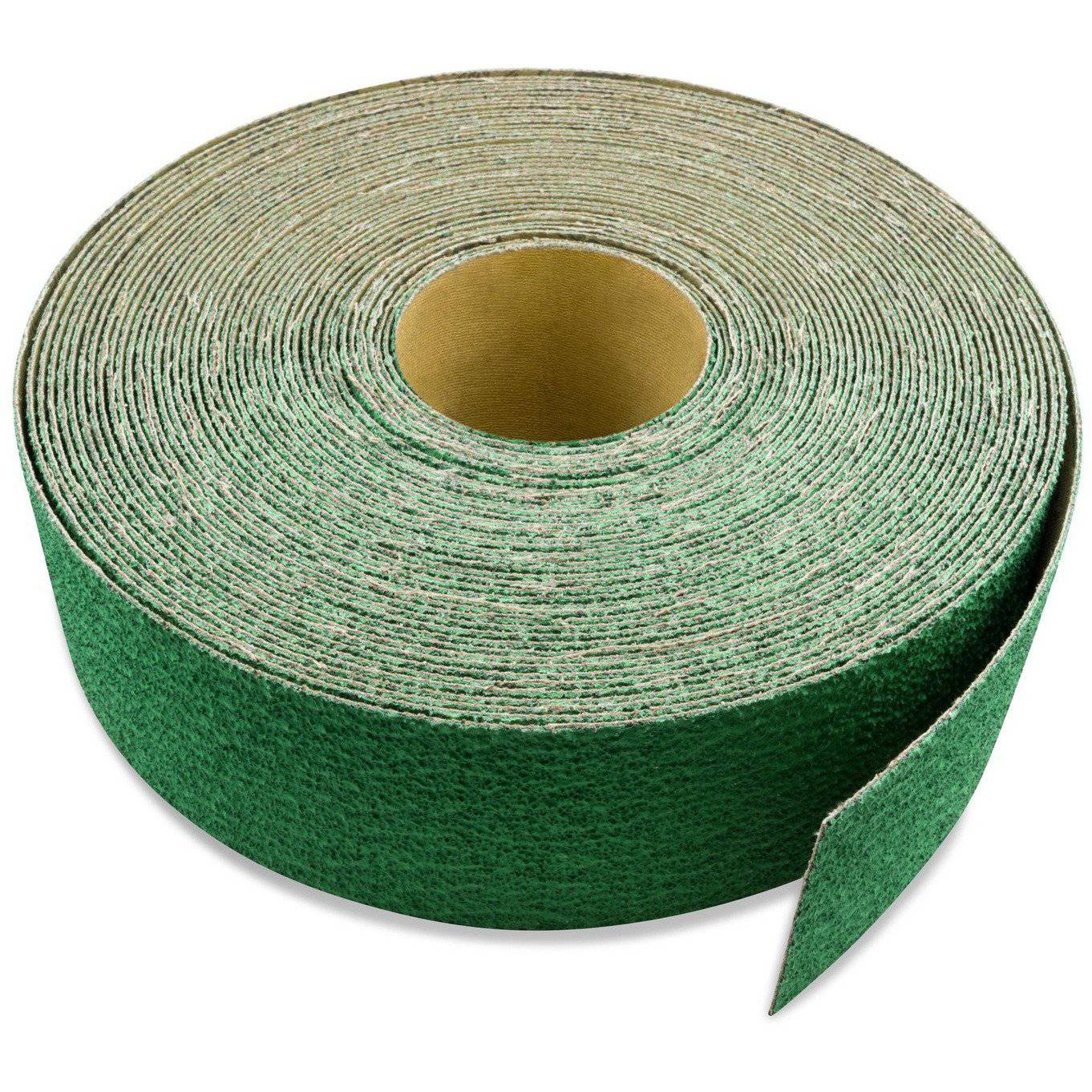
3 inch X 70 FT Premium Zirconia Woodworking Drum Sander Roll
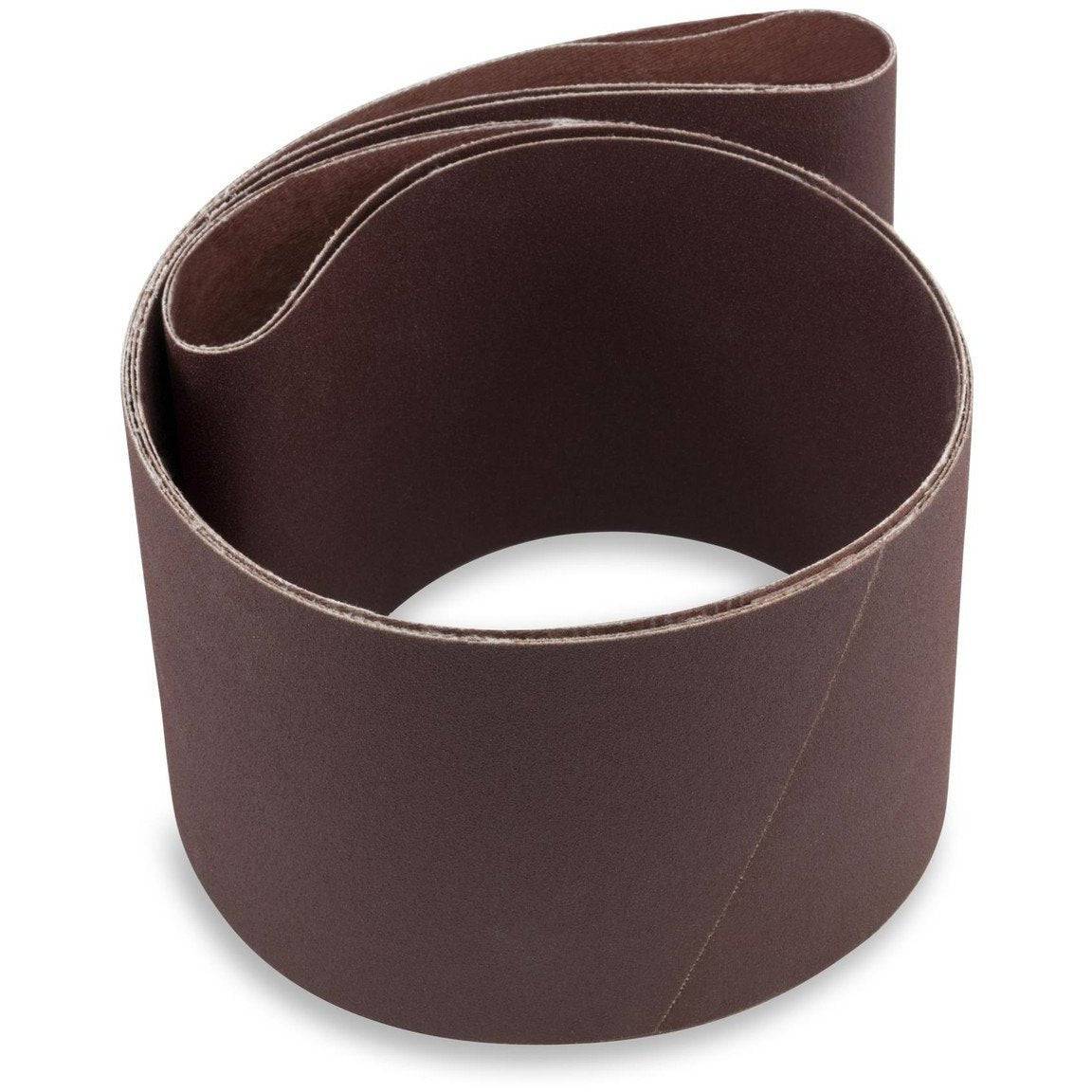
6 X 48 Inch Aluminum Oxide Wood & Non-Ferrous Sanding Belts, 2 Pack
Shop By Product Category





Why Choose Red Label?







